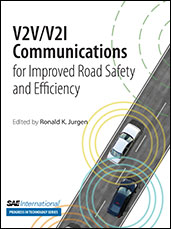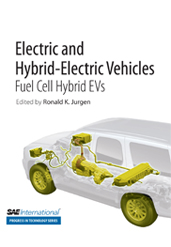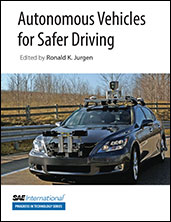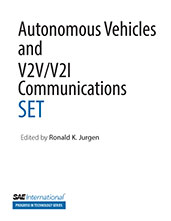Book

V2V/V2I Communications for Improved Road Safety and Efficiency
2012-08-02
Millions of automobile accidents occur worldwide each year. Some of the most serious are rear-end crashes, side crashes within intersections, and crashes that occur when cars change lanes or drift into a lane. The holy grail of traffic safety is to avoid automobile accidents altogether. To that end, major automakers, governments, and universities are working on systems that allow vehicles to communicate with one another as well as the surrounding infrastructure (V2V/V2I for short). These systems show promise for such functions as intersection assist, left-turn assist, do-not-pass warning, advance warning of a vehicle braking ahead, forward-collision warning, and blind-spot/lane-change warning. This compendium explores the challenges in developing these systems and provides the latest developments in V2V/V2I technology. It begins with a series of overview news stories and articles from SAE’s magazines on the progress in this technology.




